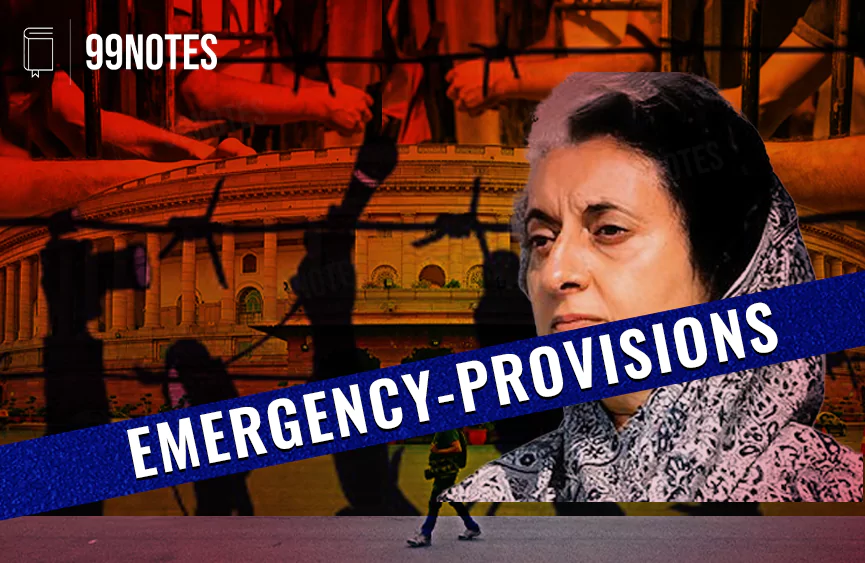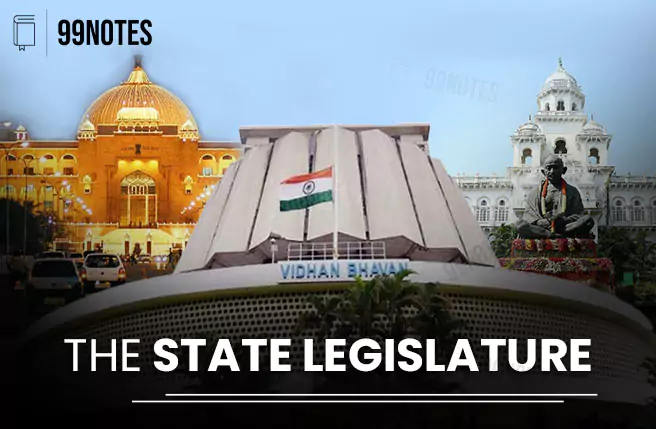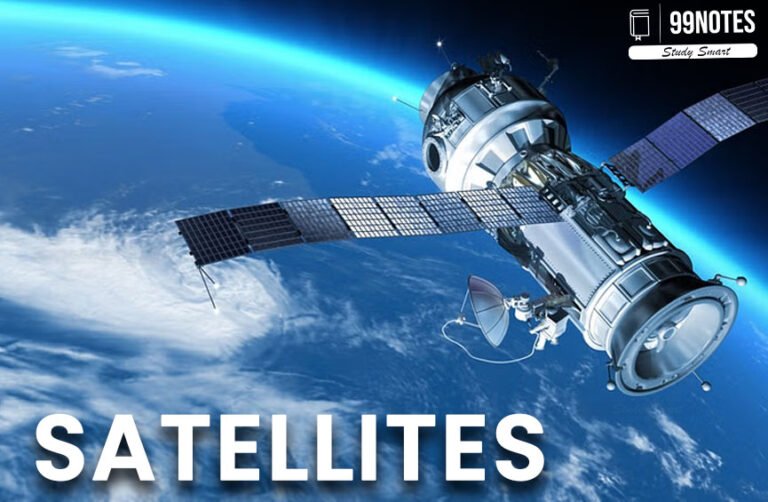Emergency Provisions
In Indian polity, Emergency refers to a situation where the Central executive exercises extraordinary powers given by the Constitution, to deal with a crisis caused by either internal or external factors that threaten the nation’s stability, unity and sovereignty.
Emergency provisions are given in Articles 352 to 360 in Part XVIII of the Indian Constitution. The order to declare an emergency is passed by the President of India on the advice of the Central Council of Ministers.
Application of Emergency leads to unprecedented changes in a country’s political structure and people’s rights and freedom. While the provisions of Emergency in a political system are provided for genuine concerns, they can be misused by authoritarian forces to gain excessive power and trample on the rights of people.
Background of the Emergency Provisions in the Constitution
- At Independence, India was dealing with partition, communal riots, and the integration of princely states. The peculiar situation of the newly independent India compelled the Constitution makers to include emergency provisions in India.
- These prevailing situations made the Constitution makers arm the central government with the necessary authority to deal with the situations that can affect the unity, integrity and sovereignty of the nation.
- The emergency provisions in the Indian Constitution are influenced by the Weimer Constitution of Germany and the Government of India Act 1935.
- The Government of India Act 1935 had provisions to take away the autonomy of states in case of Emergency due to war or internal disturbances or in case the ministry fails to perform its duties.
Types of Emergencies
The Constitution provides for three types of emergencies:
- National Emergency (Article 352): The President declares the Proclamation of this type of Emergency when a situation of grave Emergency arises, causing a threat to the security or territory of India by war, external aggression or armed rebellion.
- President’s Rule (Article 356): This type of Emergency is declared in the situation of failure of the Constitutional machinery in a state. However, the Constitution does not use the term ‘Emergency’ in this case. This type of Emergency is also called a state emergency, Constitutional Emergency, etc.
- Financial Emergency (Article 360): This type of Emergency is declared when there is a threat to the financial stability and credit of India.
TYPES OF EMERGENCY |
|||
| NATIONAL EMERGENCY | PRESIDENT’S RULE | FINANCIAL EMERGENCY | |
| DECLARATION | President
on concurrence of cabinet |
President | President |
| APPROVAL | Both the houses within 1 month | Both the houses within 2 months | Both the houses within 2 months |
| MAJORITY | Special majority | Simple majority | Simple majority |
| DURATION | 6 months and can be extended indefinitely | 6 months can be extended up to 3 years | Indefinitely |
| REVOCATION | President revokes | President revokes | President revokes |
National Emergency
During the situation of a grave crisis, when there is a physical threat to the unity and integrity of India, such as war or internal ‘armed’ rebellion, centre gets extraordinary legislative and executive powers.
Instances of National Emergency |
| Since Independence, there have been three instances of declaration of National Emergency:
The first instance was during Indo-China War from 26 October 1962 to 10 January 1968. The Second was during the Indo-Pak war, from 3 December 1971 to 21 March 1977. The third instance was on 25 June 1975 and terminated on 21 March 1977. It was the first time that the emergency was imposed without any external threat, on the grounds of “internal disturbances” in the country. |
Grounds of Emergency
Under Article 352 of the Constitution, a National emergency can be proclaimed only in two specific situations:
- War or external aggression
- Armed rebellion
Internal Disturbance v/s Armed Rebellion |
| The Original constitution contained the term ‘Internal disturbance’ instead of ‘Armed Rebellion’. The infamous Emergency of 1975 was proclaimed on the vague grounds of ‘internal disturbances,’ in which severe restrictions on fundamental rights were imposed.
44th Constitution amendment, 1978 thus replaced the term ‘internal disturbances’ with ‘armed rebellion’, to be more specific. Now, it is no longer possible to declare an emergency on the grounds of mere internal disturbances. |
- Thus, we have two types of Emergencies:
- When an emergency is declared on the premises of war or external aggression, it is known as an ‘External emergency’;
- when it is declared on the grounds of internal rebellion, it is known as ‘Internal Emergency’.
- An emergency can be declared even before the actual occurrence of war, external aggression or armed rebellion if the President is satisfied that there is a possibility of such events occurring.
- Further, grounds of emergency can be changed amidst the ongoing emergency. 38th Constitutional Amendment, 1975 added the Provision that the President can issue different proclamations on any of the permissible grounds even if an emergency is already in operation.
- Enforcement: The Emergency can be applicable to the entire territory or a part of it. The 42nd Amendment provided that the ‘National Emergency’ can be applied to a specified part of Indian Territory.
Related FAQs of Emergency Provisions
Emergency provisions in India empower the Centre to deal with extraordinary situations like war, internal rebellion, or financial instability, ensuring the unity, integrity, and sovereignty of the country, while maintaining law and order.
There are 3 types of Emergencies: 1) National Emergency (Article 352), 2) President’s Rule or State Emergency (Article 356), and 3) Financial Emergency (Article 360). Each type deals with a specific kind of crisis situation.
The term was changed by the 44th Constitutional Amendment (1978) after the misuse of the vague term ‘internal disturbance’ during the 1975 Emergency. ‘Armed Rebellion’ provides clarity and restricts arbitrary imposition of National Emergency.
During National Emergency, Article 19 rights are automatically suspended (only in case of war/external aggression). Also, the President can suspend enforcement of other rights (except Article 20 & 21) under Article 359. Post-44th Amendment, rights under Article 20 & 21 cannot be suspended at all.
In the landmark SR Bommai Case (1994), the Supreme Court held that the imposition of President’s Rule is subject to judicial review. It laid down guidelines like proving majority on the floor of the house and prohibiting arbitrary dismissal of state governments for political reasons.






